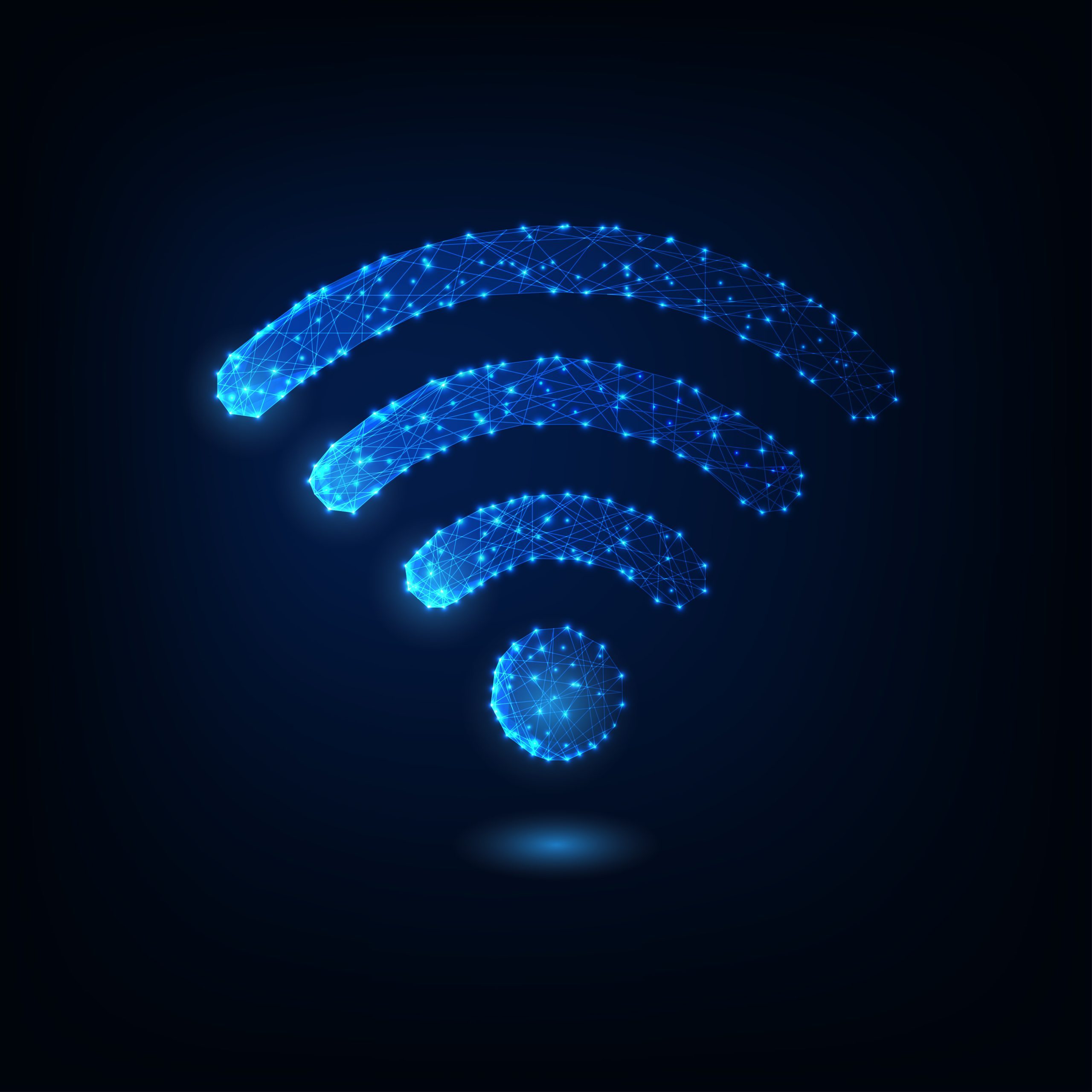It is really frustrating when the Internet is slow because web pages and graphics take forever to load. Most people blame their Internet Service Provider (ISP) or Internet Service Plan (ISP) for their Internet speed. What about those who do not? It turns out that there may be reasons to experience network connectivity.
Before exploring ways to increase Internet speed, let’s first consider the possibility of speed limiting by the ISP. Sometimes, when everyone in your neighborhood is online at the time, your ISP may intentionally slow down your connection speed. To check if this is happening to you you can perform a speed test.
A tool called speed test can quickly analyze the upload and download speeds of your Internet connection along with metrics. Once the speed test is completed, you will be able to compare the results with the speeds promised by your ISP. If they are similar it means that there is no limitation; however, if there is a difference between what you get and what you pay, it is advisable to contact your Internet service provider.
To obtain the results of a speed test on your Internet connection, it is important to disable any ongoing Internet-connected activity, such as downloading or uploading files.
Once you have finished performing the speed test and have ruled out any throttling problems, you can proceed with the following steps to improve your Internet speed;
Search for WiFi Leechers
Be sure to get rid of any user who is accessing your Internet connection without your permission, opt for a complex password that includes a combination of upper and lower case letters, numbers and special characters. This will provide protection to your WiFi against any access.
To change the WiFi password, access your router’s administration panel by entering 192.168.0.1 or 192.168.1.1 in your browser.
In case you notice a device connected to your password-protected WiFi network, it is essential to change the password without informing anyone else.
Placement of the router
Slow Internet speeds may be due to a WiFi connection. To solve this problem, it is recommended to place your router in a location where the signal can travel the distance. Ideally, the WiFi router should be placed in the center of your home, on one floor compared to the rest of the house. Also, make sure that there are no cabinets or other objects that could disrupt or weaken WiFi connections.
Clean your computer
If your computer has an Internet connection, it may be due to a hardware problem. Your computer may be running background processes to run programs you have installed.
There is a possibility that a virus or other malicious software on your device is using both system and network resources. Consequently, it is recommended to perform a security check and remove any malware detected.
Deleting your browser’s cache, history and temporary files could potentially improve your connection speed.
Using cable connection
To ensure the performance of the computer it is recommended to use a connection instead of a wireless one. This is because a wired connection eliminates the delays caused by your router and the potential data loss associated with connections. If you are looking for transfer rates, the available option is a wired connection.
Buying a new WiFi router
For computer performance, it is recommended to use a wired rather than a wireless connection. This is because a wired connection eliminates delays caused by your router and reduces the risk of data loss during transfers. If you need high transfer rates, opting for a connection is the available option.
Upgrade your Internet plan
If you have a family with devices and people who depend on the Internet, it may be worth considering upgrading your Internet plan. Increasing the capacity of your Internet packets could help you get faster Internet speeds, especially since there are devices connected to the network that use the Internet constantly.
